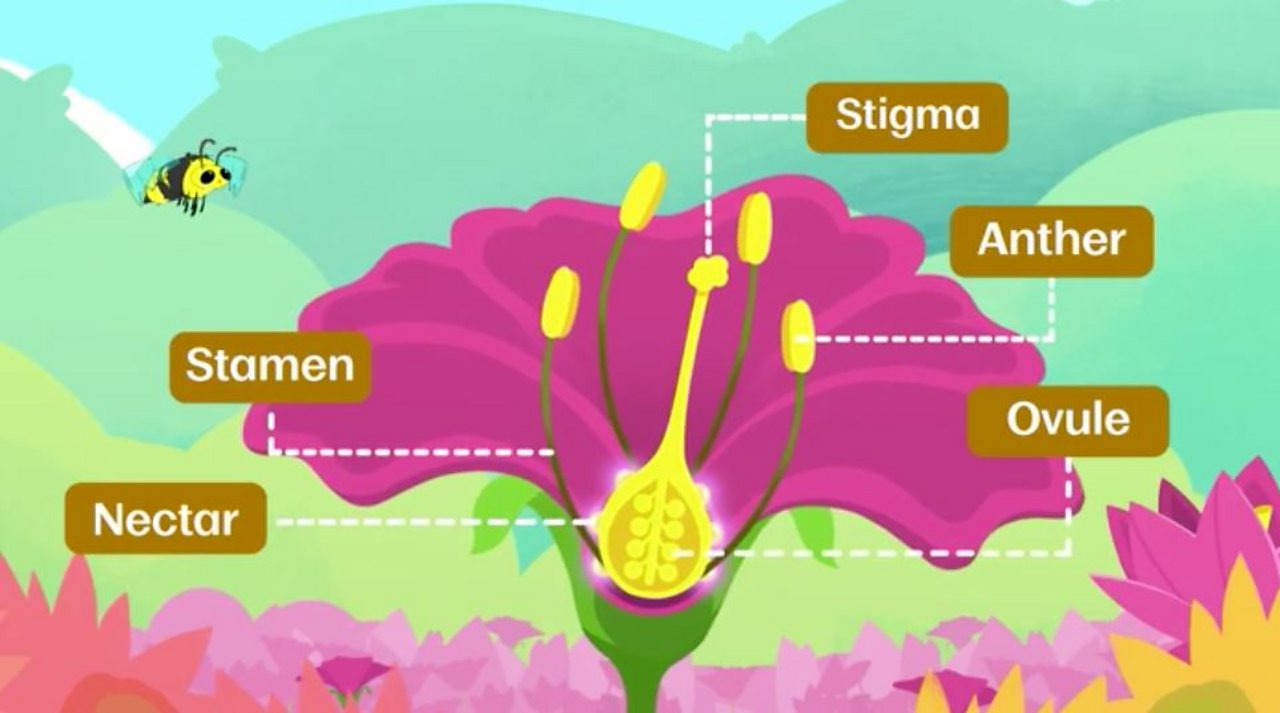What special parts a plant and how do parts eventually seeds? Find in Bitesize Primary KS2 science guide.
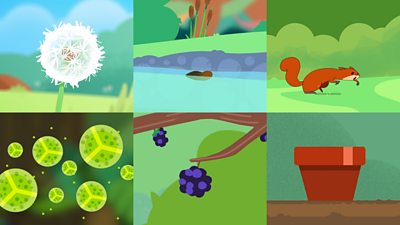 In flowering plants, male female reproductive structures be in same individual plant. organ ual reproduction the flower. Male gametes found pollen grains .
In flowering plants, male female reproductive structures be in same individual plant. organ ual reproduction the flower. Male gametes found pollen grains .
 This type reproduction known asexual reproduction. Plants reproduce asexually a number different ways. plants produce bulbs, daffodils snowdrops.
This type reproduction known asexual reproduction. Plants reproduce asexually a number different ways. plants produce bulbs, daffodils snowdrops.
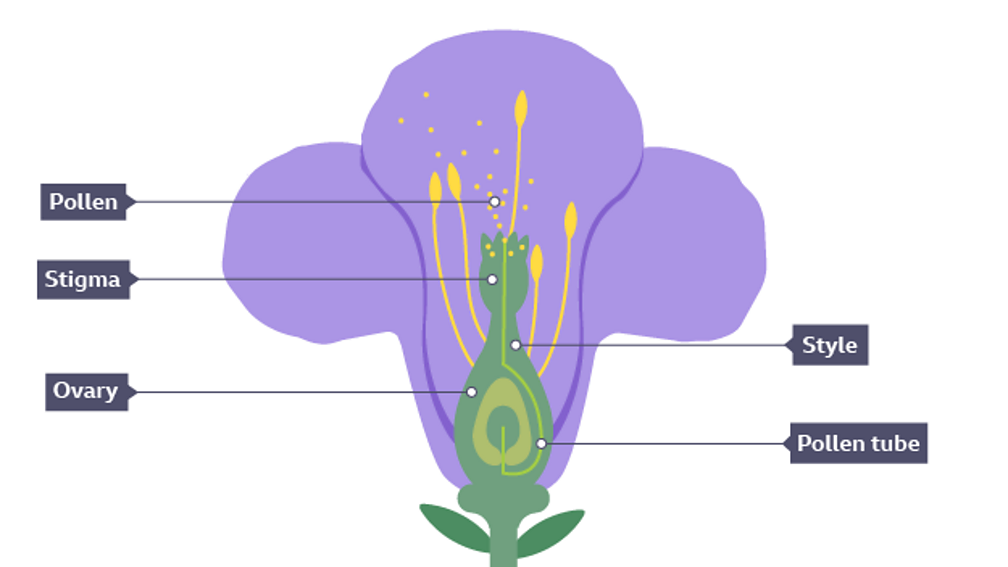 Insect pollinated flowers. Flowers the reproductive organs plants. role flowers to enable plant cells, gametes come in fertilisation. male gametes plants found pollen grains. female gametes plants in ovules. process which pollen transferred the male part a flower the female part a flower known .
Insect pollinated flowers. Flowers the reproductive organs plants. role flowers to enable plant cells, gametes come in fertilisation. male gametes plants found pollen grains. female gametes plants in ovules. process which pollen transferred the male part a flower the female part a flower known .

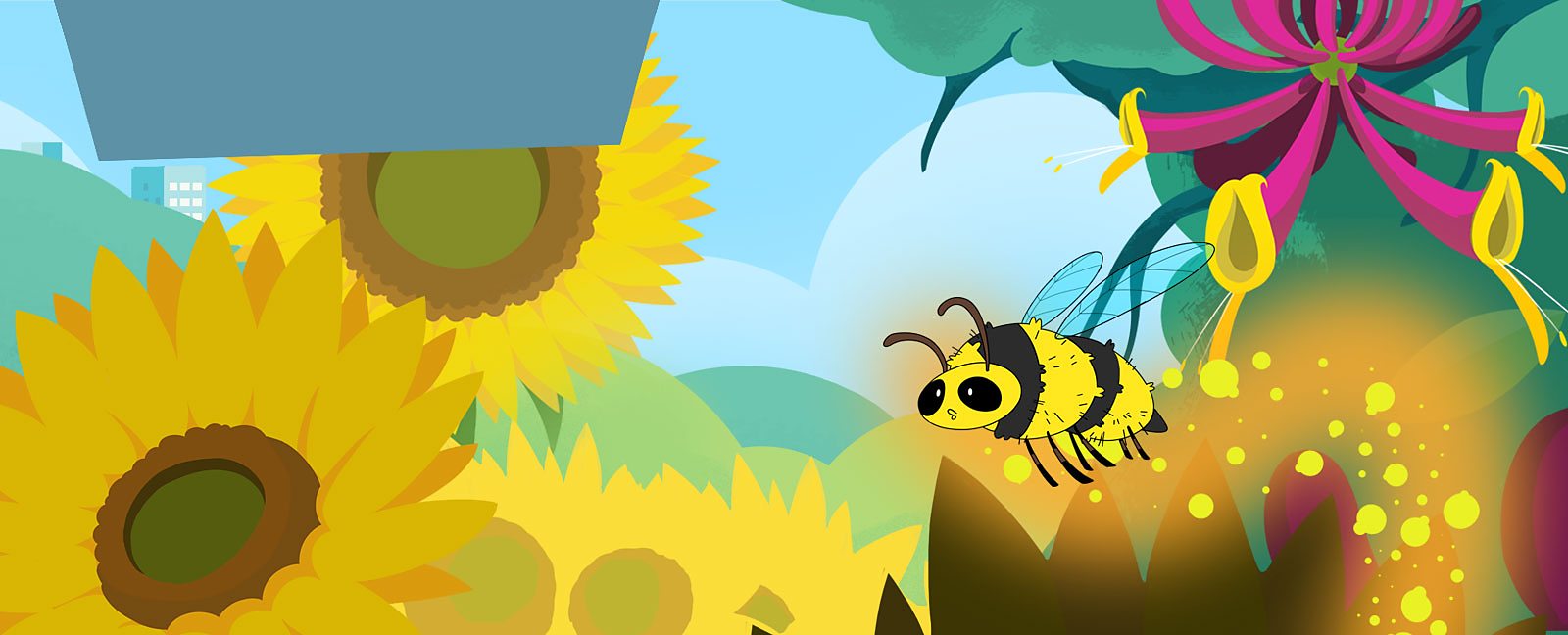 Plants reproduce make plants (offspring) different ways. Flowering plants reproduce making seeds, grow new plants. Pollination the transfer pollen the anther one flower the stigma another flower. pollination, pollen travels the ovary fertilises flower.
Plants reproduce make plants (offspring) different ways. Flowering plants reproduce making seeds, grow new plants. Pollination the transfer pollen the anther one flower the stigma another flower. pollination, pollen travels the ovary fertilises flower.
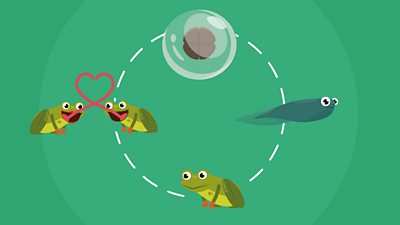 These diagnostic questions response activities (contained the zip file) support students being to: Identify two types reproduction (sexual asexual) take place plants. Describe function the male female reproductive structures a flowering plant. Describe processes pollination fertilisation a flowering plant.
These diagnostic questions response activities (contained the zip file) support students being to: Identify two types reproduction (sexual asexual) take place plants. Describe function the male female reproductive structures a flowering plant. Describe processes pollination fertilisation a flowering plant.
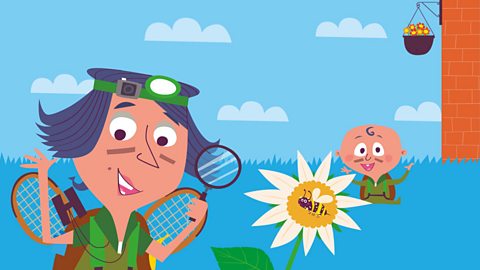 Flowering plants reproduce a process called pollination. Find more BBC Bitesize. students the ages 11 14.
Flowering plants reproduce a process called pollination. Find more BBC Bitesize. students the ages 11 14.
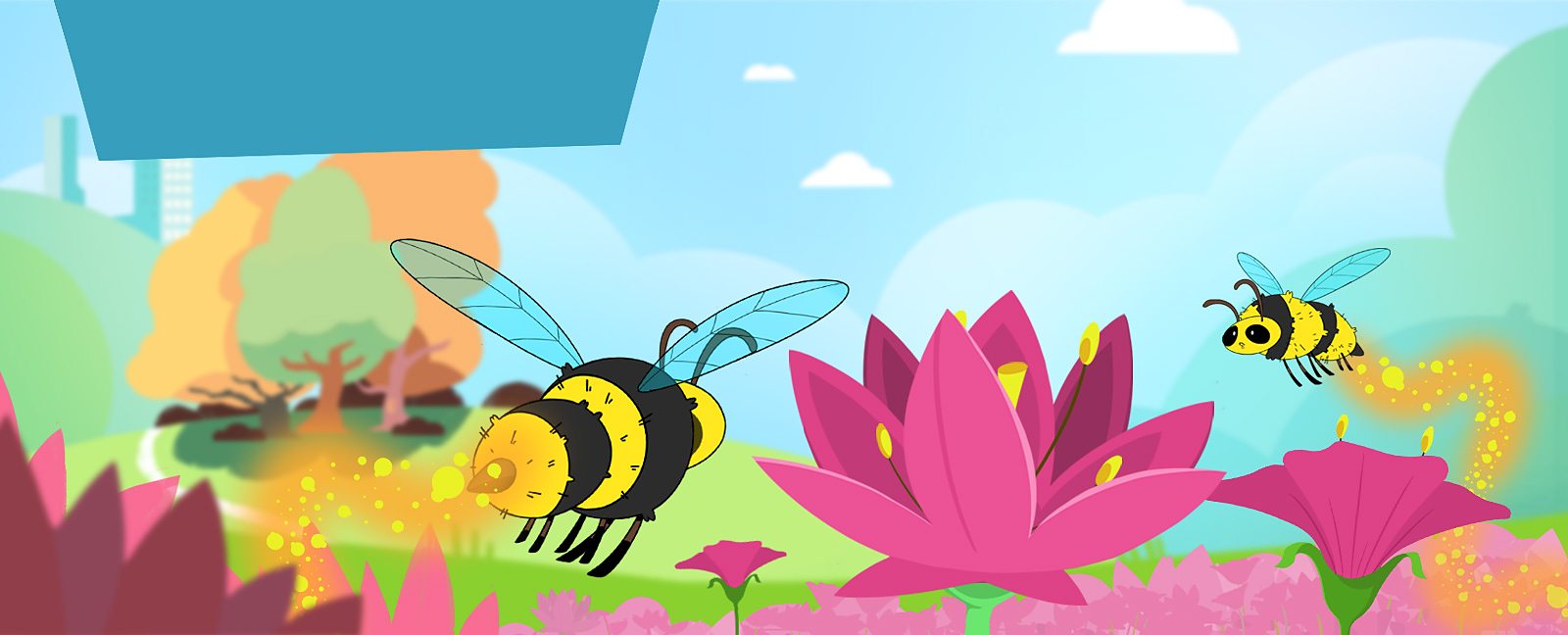 Wind: plants specially adapted seeds are dispersed the wind. such plant the dandelion, has feathery parachutes attached its seeds, they drift the air. Water: plants grow or water produce light seeds fall the water, float get carried away.
Wind: plants specially adapted seeds are dispersed the wind. such plant the dandelion, has feathery parachutes attached its seeds, they drift the air. Water: plants grow or water produce light seeds fall the water, float get carried away.
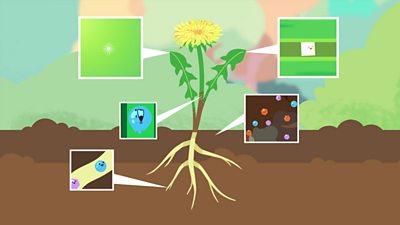 How Do Flowering Plants Reproduce? BBC Bitesize: Science How Do Flowering Plants Reproduce? KS1 - Upper KS2. G. 2017. Learning intention. Learn takes place order flowering plants reproduce. introduction concept example. Resources (2) Resource.
How Do Flowering Plants Reproduce? BBC Bitesize: Science How Do Flowering Plants Reproduce? KS1 - Upper KS2. G. 2017. Learning intention. Learn takes place order flowering plants reproduce. introduction concept example. Resources (2) Resource.
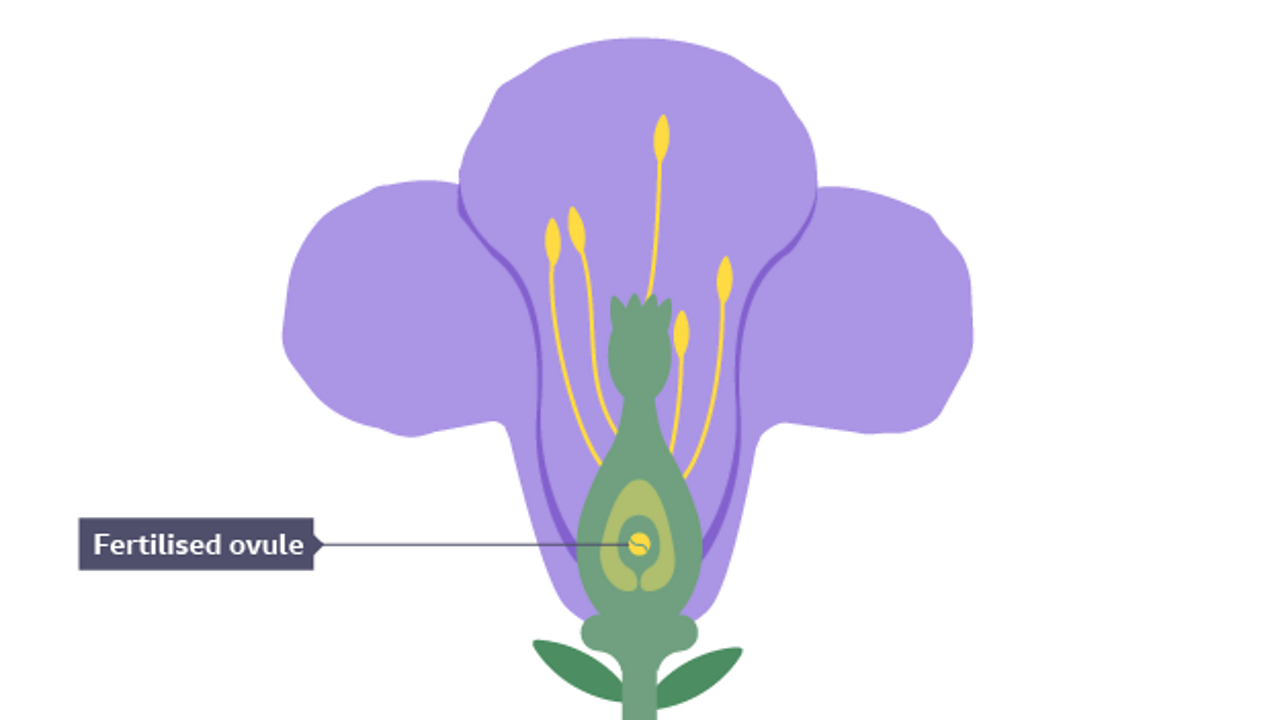 Fruit and seeds - Reproduction - KS3 Biology - BBC Bitesize - BBC Bitesize
Fruit and seeds - Reproduction - KS3 Biology - BBC Bitesize - BBC Bitesize
